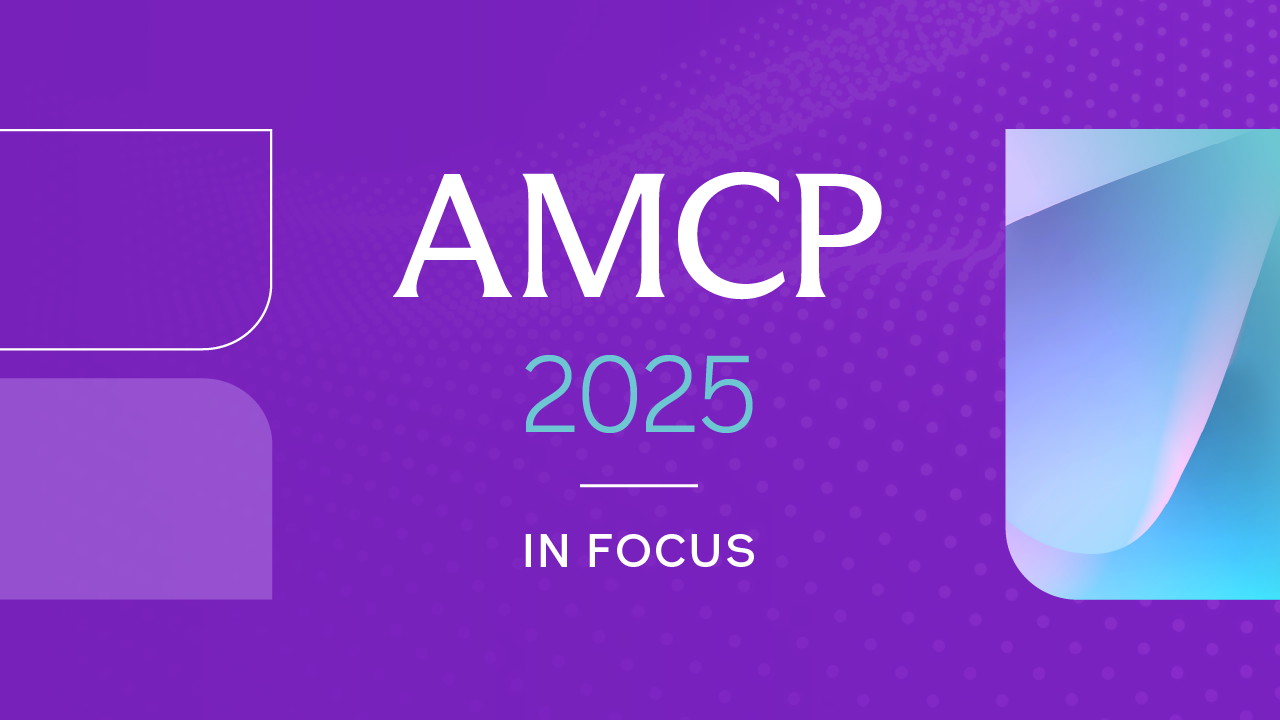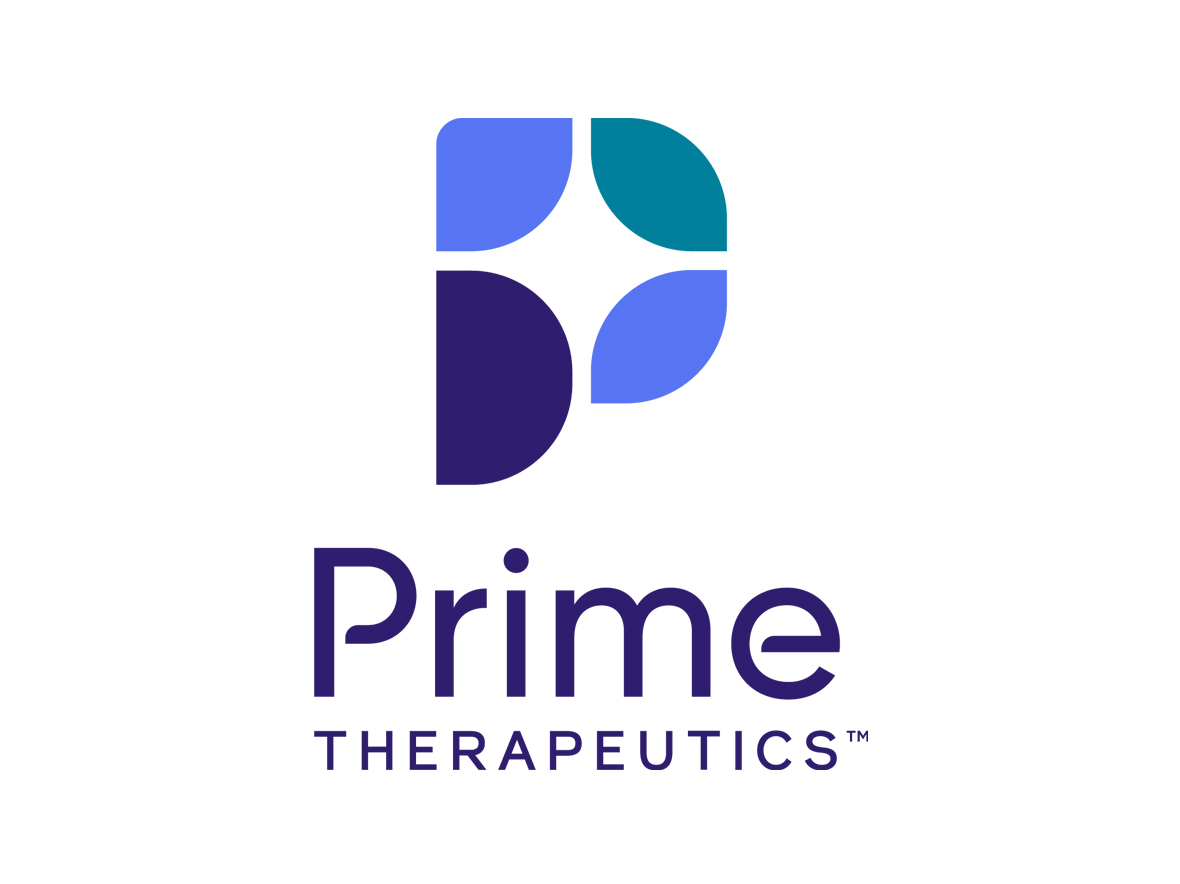How the Medicare Member Drug Cost Predictive Model can forecast Medicare Part D drug costs - Prime Therapeutics
How the Medicare Member Drug Cost Predictive Model can forecast Medicare Part D drug costs
Prime Therapeutics researchers share how the model helps to optimize drug therapy and lower costs

The Inflation Reduction Act (IRA) includes several provisions that aim to drive affordability in government-sponsored health plans, including key changes to Medicare Part D, which places an out-of-pocket annual cap of $2,000 for members starting this year. It also increases liability for Part D plan sponsors and creates incentives for plans to identify members likely to exceed this cap.
Prime Therapeutics (Prime) created a predictive model that identifies members enrolled in Medicare Part D who may be at risk of large increases in prescription drug spending over the next 12 months. This also was the topic of a study, Medicare Member Drug Cost Predictive Model: Creation and Feature Engineering, presented at Academy of Managed Care Pharmacy (AMCP) Annual 2025.
Using integrated medical and pharmacy claims data, researchers found the Medicare Member Drug Cost Predictive Model tool performed better than using the member’s prior-year drug spend, optimizing drug therapy in the context of IRA-related Medicare changes. AMCP also recognized the study with a silver award.
I (Alex Cook, part of Prime’s newsroom team) caught up with Nick Friedlander, senior health outcomes researcher, to learn more about this study and the impact on the Medicare space.
Alex Cook: Can you share some of the high-level findings from this study?
Nick Friedlander: Our team of researchers successfully created the Medicare Member Drug Cost Predictive Model to look at Medicare Part D beneficiaries, and their anticipated future spend using integrated medical and pharmacy claims data. It worked better than using the member’s prior-year drug spend and includes a drug spend Rapid Riser indicator, medical conditions and extensive member-specific characteristics. This model can be used by managed care pharmacists and clients to help develop strategies and programs to predict high-cost members and optimize drug therapy in the context of IRA-related Medicare changes.
So, in other words, this model can identify members before a high-cost event occurs, correct?
That is essentially the idea, yes. We want to leverage this model to more effectively identify those members who are expected to experience a substantial increase in year-over-year drug costs on Part D while utilizing managed care pharmacists to drive interventions in this population, helping to reduce that growth in Part D spend. Note that “high-cost event” in this context is mostly focused on initiation of a high-cost drug or inappropriate use of a high-cost drug. Medical cost-avoidance could be a consideration but is dependent on clinical program developed from the model.
The IRA has certainly been a hot topic, but Prime has had several experts from across the organization working together on behalf of clients and members to not only navigate, but to realize the benefits indicated by the IRA. How did this partnership manifest in the design of this study?
This model was designed to help our clients more effectively contain plan spend, which is expected to grow in the context of the IRA. With new limitations on out-of-pocket costs for Part D beneficiaries, clients stand to see increased costs in this population. Through prospective pharmacist-driven intervention informed by this modeling, we can help limit the extent of this increase while considering additional factors including member cost, member convenience and health status optimization.
This research required that you explore vast amounts of data. How was technology used to help the team conduct this study?
We used Prime’s data warehouse and tools powered by cloud computing technologies. The processing power of the platform and the data structures allowed us to look at approximately 3 million Medicare members across more than five years of data to create a feature library of hundreds of attributes used for predictions that was run monthly, leveraging terabytes of data. The modeling used common open-source Python machine learning (ML) packages like scikit-learn (sklearn) to create the models on scalable virtual machines. Just a few years ago, a process like this would have taken weeks to months to run; today it can take a few hours. Open-source packages allow us to do this easily with a manageable amount of code and provide performance metrics and explainable predictions.
AMCP presents an opportunity to educate your peers on this research, but it’s also a chance for you to learn as well. What are some topics you’re excited to explore at the event?
I am always interested in seeing new research, particularly in high-cost disease state management, including emerging gene and cell therapies, oral oncology and immunology. Additionally, AMCP always presents a great opportunity to learn more about other cost containment programs in the managed care space, which could provide additional insight into effective use of the model output.
For more insights from AMCP, visit the Prime newsroom.
About Prime Therapeutics

Prime Therapeutics LLC (Prime) is a diversified pharmacy solutions organization. We offer innovative pharmacy benefit management, specialty and medical drug management, and state government solutions to millions of people across the country. At Prime, we’re reimagining pharmacy solutions to provide the care we’d want for our loved ones. We challenge the way it’s always been done to develop intelligently designed solutions that deliver savings, simplicity and support to help people achieve better health. For more information, visit us at PrimeTherapeutics.com or follow us on LinkedIn.
